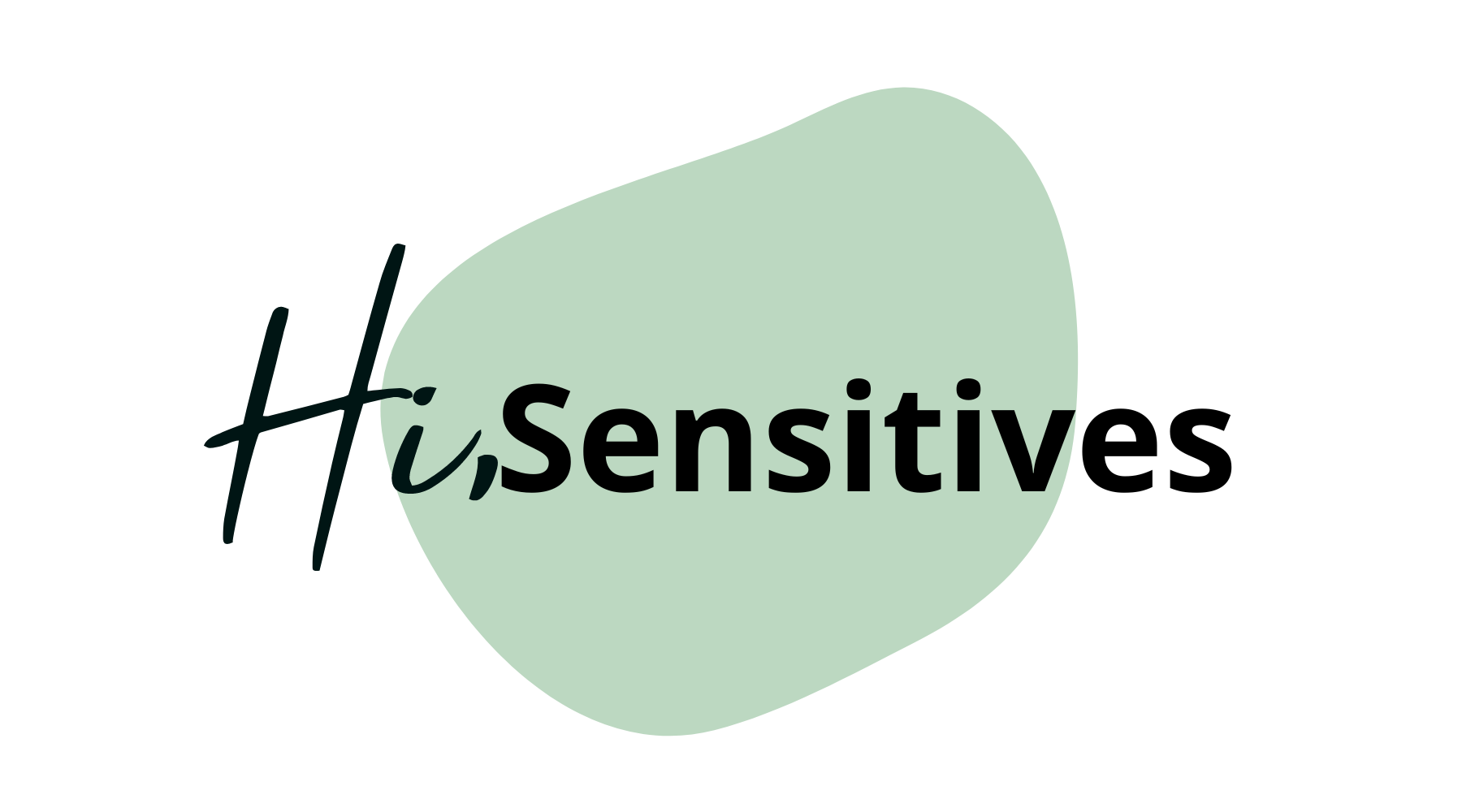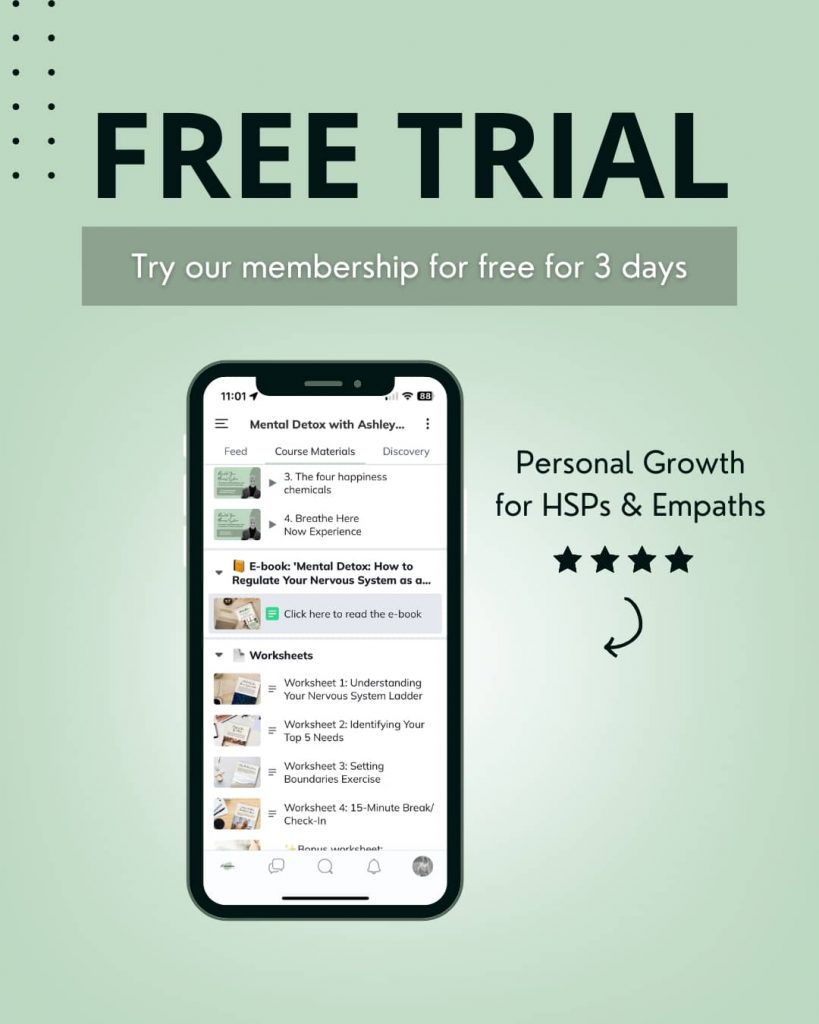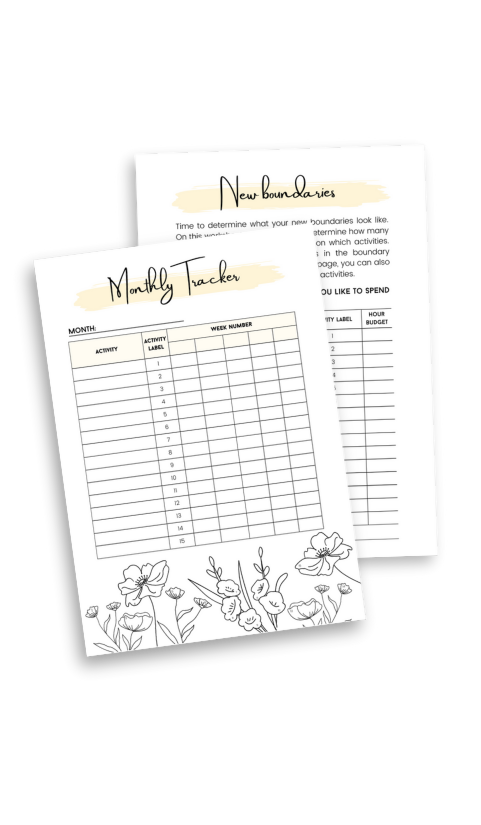Feeling the 3 PM slump? Try these simple midday grounding for HSPs: easy hsp check-in methods to reset your energy and stay focused.
Estimated reading time: 8 minutes
A few months into our garden renovation, I remember the day I sat at my desk and felt my energy crash without warning. The morning had been busy: calls, emails, and planning the next landscaping step. By early afternoon, my mind went blank, my shoulders tensed as if I were carrying a heavy weight, and I could barely keep my eyes open. I knew then that I needed a real break but taking a full nap or stepping away for an hour wasn’t possible. If you have ever felt that sudden drop in focus and energy halfway through your day, you know the frustration and stress it brings. For highly sensitive people, our systems absorb more, the noise, the tasks, the emotional undercurrents, and by midday, all that input can become overwhelming. That’s why learning simple midday grounding and check-in methods for HSPs is so important.
In the sections below, I’ll share four in-depth practices I’ve tried and tested, to help you pause, recalibrate, and return to your tasks with renewed calm and clarity. These check-ins are designed for busy afternoons. You don’t need special equipment or a quiet room. You only need a couple of minutes and a willingness to tune into your body and mind. Let’s dive in.
Here’s What You’ll Learn about the Midday Check-In:
Why a Midday Check-in is Crucial for HSPs
A midday check-in is crucial for HSPs because our nervous systems absorb more information and stimuli than those of non-sensitive people. By the time you reach the afternoon, small stressors, bright lights, overlapping conversations, the hum of electronics, have built up and can trigger mental fog, irritability, or even the early stages of a panic reaction. A brief pause in the middle of your day gives your system a chance to discharge that accumulating tension before it becomes overwhelming.
When you intentionally stop to breathe, scan your body, and address basic needs such as hydration or mental clutter, you interrupt the stress cycle and signal to your brain that it is safe to relax. This simple reset helps maintain focus, prevents the dreaded three-p.m. crash, and preserves emotional resilience for the remainder of the day. Without these check-ins, your nervous system remains in a heightened state of alert, making it harder to concentrate, make decisions, or enjoy the activities you love. Incorporating a two- or three-minute practice, whether a grounding breath, a quick stretch, or a sensory pause, transforms your midday slump into an opportunity for renewal, enabling you to carry your sensitive gifts forward with clarity and calm.
Three-Breath Rooting
The first midday check-in method I rely on is what I call the Three-Breath Rooting. It takes just a few seconds but can shift your entire state. Begin by sitting comfortably in your chair with your feet flat on the floor. Gently close your eyes and place one hand over your heart. This simple touch grounds you in your body and signals safety to your nervous system. Now, inhale through your nose for a count of four, filling your lungs fully and imagining energy flowing up from the earth and into your feet. Hold that breath for a count of two, feeling the stability beneath you.
Then exhale slowly through your mouth for a count of six, picturing any tension or stress draining back into the ground. Repeat this inhale-hold-exhale pattern three times. With each cycle, notice your chest and shoulders relaxing, your mind slowing its racing thoughts. The predictable rhythm and focus on breath send a clear message to your autonomic system to shift into a calmer mode. After the third exhale, open your eyes and take a moment to feel how your energy has settled. Even in a noisy office or a busy kitchen, this quick grounding practice can reset your attention and bring you back to the present. And if you want to give an extra nice touch to this ritual, try smelling an essential oil for extra sensory joy. Personally, I love the Wild Orange essential oil from DoTerra during my midday check-in!
Body Scan and Brain Dump
After you’ve rooted your breath, it helps to tune into where in your body you’re holding tension. Close your eyes for a moment again and conduct a brief body scan. Start at the top of your head and slowly move down to your toes, noticing any areas of tightness, heaviness, or discomfort. Perhaps your jaw is clenched, your shoulders are hunched, or your lower back aches. When you identify the tightest spot, place your hand there and take two slow breaths, imagining warmth and relaxation flowing into that area.
Next, open your eyes and grab a small notepad or your phone’s notes app for a quick brain dump. Write down every task, reminder, or worry occupying your mental space. Don’t worry about neatness or order; the goal is to clear your mind by transferring it onto paper. You might jot down “email client,” “order plants,” or “doctor appointment,” alongside any feelings like “stressed” or “tired.”
By releasing these thoughts onto paper, you free up mental bandwidth and reduce the nagging background chatter. After you finish, review your list briefly and choose one or two items you can address immediately. Tucking the rest aside allows you to focus on your next task without feeling scattered. This combination of body awareness and brain dumping takes about five minutes and delivers a powerful reset.
Hydrate and Nourish
Often, what feels like mental exhaustion is partly dehydration or low blood sugar in disguise. That’s why my third midday check-in is to hydrate and nourish. Keep a glass of water or a thermos of herbal tea at your desk. When you notice your energy dipping or your focus slipping, stand up and take at least three deliberate sips. Feel the cool liquid slide down your throat and spread through your body. If you have a small, healthy snack, such as a handful of nuts, a piece of fruit, or carrot sticks, eat a few bites mindfully. Chew slowly, notice the taste and texture, and focus on the nourishment going into your body.
This simple act of refueling does more than restore fluids and nutrients; it gives your mind a brief break from work and a chance to reset. I once found myself staring blankly at a spreadsheet, unable to think clearly. A quick water-and-almond break gave me just enough space to return with fresh perspective and finish the task with ease. By making hydration and mindful snacking part of your hsp check-in methods, you support both body and mind, preventing the afternoon slump from derailing your productivity.
Mini Nature Pause
Finally, I love to step outside for a brief nature pause whenever possible, but especially as a midday check-in. If you can, walk to a nearby window, balcony, or patch of grass, even if it’s just five steps away. Stand or sit quietly and take three slow breaths, focusing on the sensation of outdoor air on your skin. Listen for one natural sound, the wind rustling leaves, birds chirping, or distant traffic softened by distance, and really tune in. Then open your eyes and gently gaze at one natural element: a potted plant, a patch of sky, or a tree branch. Let your vision soften as you observe the color, texture, and movement.
This quick nature break taps into our innate biophilia, our love of natural environments, and can lower stress hormones within minutes. Even in the middle of a workday, connecting with a bit of green or breezy air reminds your nervous system of its larger context beyond screens and deadlines. I’ll definitely use this next time I hit that 3 PM wall during a long blogging session. Ten minutes of city noise replaced by nature’s whisper can be enough to restore your calm and bring you back ready to tackle the rest of your day.
Time to Reflect:
- Which of these midday grounding for HSPs tips will you try first tomorrow?
- How will you cue yourself to remember your next check-in?
- After a week of check-ins, what changes do you notice in your energy and focus?
Ready to Develop Powerful Middag Check-Ins and More?
Building short, consistent check-ins into your afternoon gives your highly sensitive system the breaks it needs. Whether through focused breathing, a quick body scan and brain dump, hydrating mindfully, or pausing with nature, you can stay grounded and calm even on the busiest days. For more guided practices and supportive tools, join the HiSensitives Membership to access 18 masterclasses, 18 e-books, 72+ worksheets, and a continuously growing library of guided meditation audios: everything you need to thrive as an HSP all year round.
Explore the HiSensitives Membership
Just a little heads up: some of the links in this blog are affiliate links, which means if you click on them and make a purchase, we may earn a small commission at no additional cost to you. 😊
We only recommend products and services we genuinely believe in and have personally used or researched. Your support through these links helps us keep bringing you valuable content, so thank you for being amazing!
In this article, we collaborated with AI, meaning that the input and stories are original human ideas, but the text itself has been created with support from AI. All AI content is being edited and factchecked by our editor.







